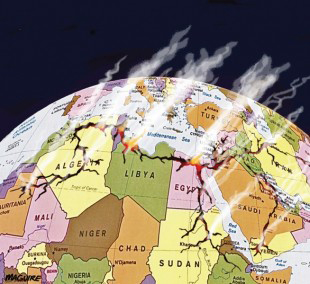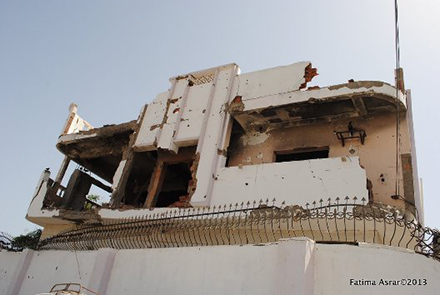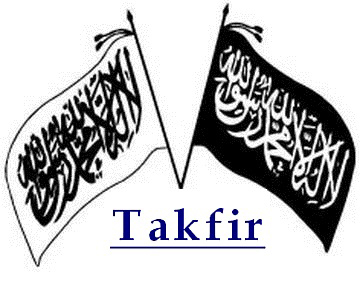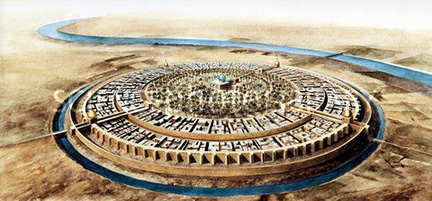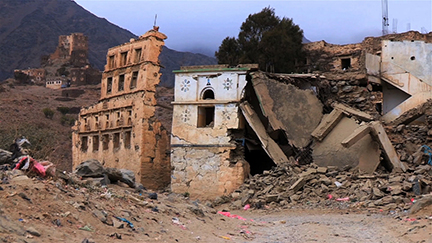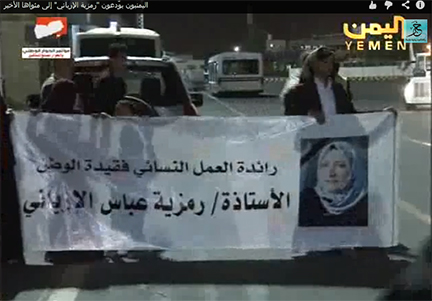
The Yemeni literary figure Ramziyya Abbas al-Iryani, who recently passed away, is given tribute in this video with recollections by her students and other Yemenis who knew and respected her.
اليمنيون يوّدعون “رمزية الإرياني” إلى مثواها الأخير السبت, 16-نوÙمبر-2013 صنعاء Ù€ خبر للأنباء: – استقبلت جموع اليمنيين، مساء السبت، جثمان Ùقيدة الوطن رمزية عباس الارياني – عضو اللجنة العامة للمؤتمر الشعبي العام.. رئيسة اتØاد نساء اليمن، الذي وصل مطار صنعاء، على متن طائرة تابعة للخطوط الجوية اليمنية قادماً من جمهورية ألمانيا الاتØادية. ويودع جموع اليمنيين، ÙˆÙÙŠ مقدمتهم قيادات وكوادر المؤتمر الشعبي العام والÙعاليات الوطنية الرسمية والØزبية ومنظمات المجتمع المدني والجموع الشعبية، غداً “الأØد” الجثمان الطاهر للÙقيدة، إلى مثواه الأخير بمقبرة الرØمة ظهر الأØد بالعاصمة صنعاء بعد الصلاة عليه بجامع التوØيد. وخسرت اليمن واØدةً من أعظم قياداتها النسائية البارزة، Øيث واÙاها الأجل ÙÙŠ اØد مستشÙيات العاصمة الألمانية برلين إثر إصابتها بجلطة دماغية. وكانت الÙقيدة — رØمها الله — من أبرز أعلام النضال الوطني ولها Øضورها المتميز ÙÙŠ كاÙØ© المجالات ÙˆÙÙŠ مقدمتها الدÙاع عن Øقوق المرأة اليمنية. وقد نعت رئاسة الجمهورية، وقيادة المؤتمر الشعبي العام، ومؤتمر الØوار الوطني، والوزارات، والأØزاب والمنظمات السياسية والمجتمعية، ومنظمات Øقوق الإنسان، الÙقيدة الراØلة. وعبرت البرقيات عن تعازيها الØارة للأسرة الكريمة، سائلة المولى العلي القدير، أن يتغمدها بواسع رØمته، ويلهم أهلها وكل Ù…Øبيها الصبر والسلوان. إنا لها وإنا إليه راجعون
